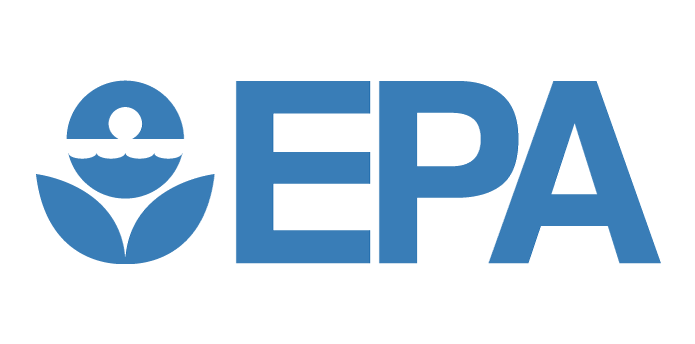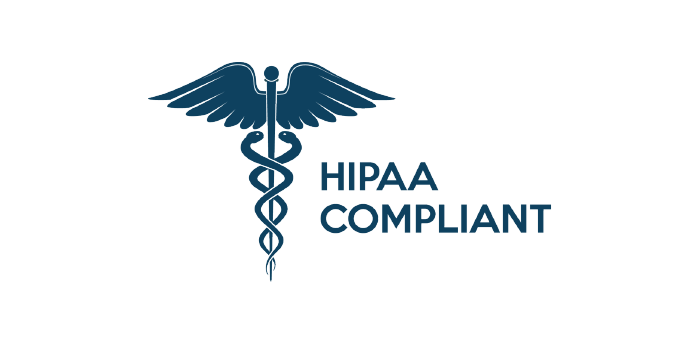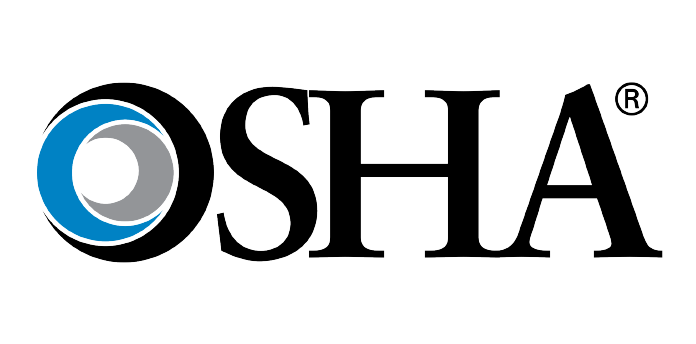← All Waste Disposal Industries
-

Urgent Care Centers Waste Disposal
MET is a fully licensed, certified, and insured medical waste, treatment, and disposal company. We offer our waste disposal services across California, Nevada, and Arizona.
Urgent care clinics generate various types of medical waste, which can be categorized into different categories such as regulated medical waste, infectious waste, and biohazard waste. It is important for urgent care clinics to properly segregate and dispose of their medical waste to prevent contamination and ensure the safety of their patients and staff. Proper medical waste disposal is essential to protect public health and the environment. Contact MET for more information.
Get a FREE $250 VISA Card if we can't save you money on medical waste disposal services



